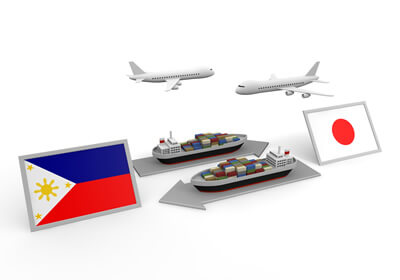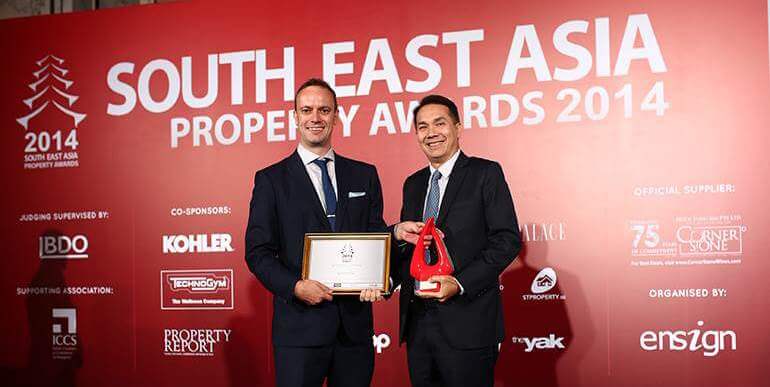
MANILA – Philippine President Benigno Aquino is expecting economic activities between his country and Japan to get a boost even as he restrained from pointing out how exactly can Japan improve its contribution to the Philippine economy.
Speaking before members of the Japan National Press Club in the presidential palace in Manila on Tuesday, Aquino said the opening up of the Philippine financial market to more players will be an opportunity for more Japanese banks to establish operations in the country.
“We also expect more economic activities between our two countries. In one of our visits, Keidanren suggested there was a need for more Japanese banks to operate in the Philippines. And I understand, Sumitomo (Mitsui Banking Corp.) is the first applicant,” Aquino said.
“We hope that it is true what Keidanren (Japan Business Federation) said — that having more Japanese banks…facilitates the integration or more interactivity between our countries,” he added.
The only Japanese banks operating in the Philippines now are Mizuho Bank and the Bank of Tokyo-Mistubishi UFJ.
The Philippines and Japan forged an economic partnership agreement that came into force in December 2008, but the official data on the two countries’ trade and investment values since then show no significant improvement.
Japanese exports to the Philippines in 2013 amounted to 944.5 billion yen, only slightly higher than 767.2 billion yen in 2009, a year after the EPA took effect.
In 2010, it went to its highest — 968.8 billion yen — but slid in 2011 to 894.1 billion yen. In 2012, it was valued at 945.8 billion yen.
Japan’s imports from the Philippines were highest at 901.1 billion yen in 2013, after the EPA came into force, and up from 598.3 billion yen in 2009, 694.8 billion yen in 2010, 712.1 billion yen in 2011 and 745.5 billion yen in 2012.
In terms of direct investment to the Philippines, Japan poured in 44.8 billion pesos (120.2 billion yen) in 2013, the lowest since 2009, when it invested 70.7 billion pesos. Investment eased to 58.3 billion pesos in 2010, rose to 77.4 billion pesos in 2011 and slid to 69 billion pesos in 2012.
The EPA has also allowed Filipino nurses and caregivers to train and practice their profession in Japan.
In terms of assistance, Japan has extended a cumulative 2,290.4 billion yen in loans to the Philippines and a cumulative 261 billion yen in grants as of 2012.
It has also provided technical cooperation with a cumulative value of 203.8 billion yen up to 2011.
Aquino said he is “deeply appreciative” of Japan’s assistance to the Philippines over the years on various fronts, ranging from climate-change adaptation and disaster-risk reduction to technology advancement, the public transport system in the capital Manila, maritime domain awareness and peace efforts in Mindanao.
He also cited shipbuilding operations of Tsuneishi Heavy Industries (Cebu) Inc., an overseas unit of Japanese shipbuilder Tsuneishi Shipbuilding Co., in the central Philippine province Cebu, to which he credited the country’s inclusion in the top five shipbuilding countries around the world.
“When you go through the whole extent of this continuing relationship between our countries, culturally, we are not predisposed to asking for more, but perhaps, we can continue the relationship and to be mutually beneficial,” Aquino said.
“For the Philippine side, we will always seek to become that efficient partner, recognizing that you have been a partner in our trying to attain the dreams and aspirations we have for our people.”
Aquino said the Philippines regards Japan as its closest ally after the United States for their shared background, values and aspirations.
Source: Ronron Calunsod | ABS-CBNNEWS.com



